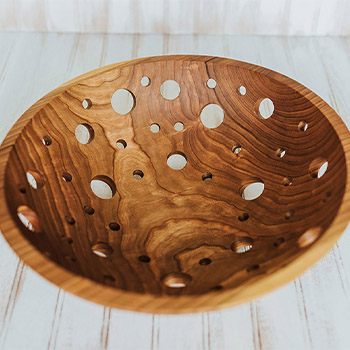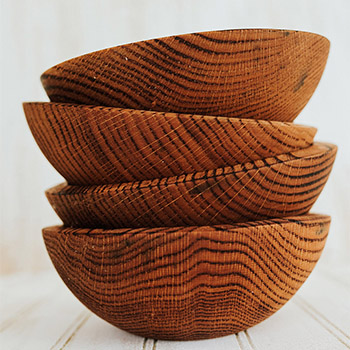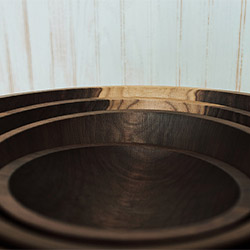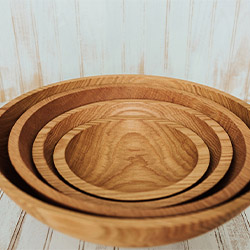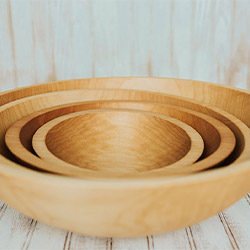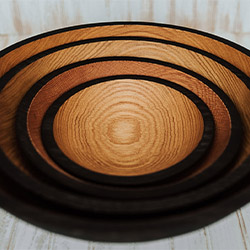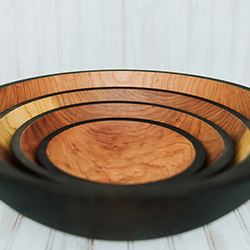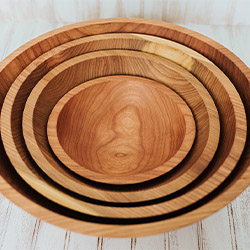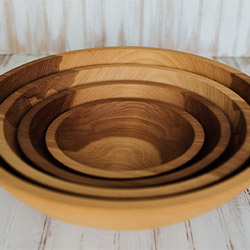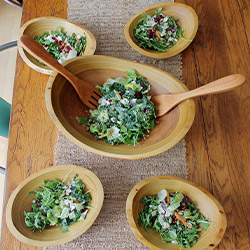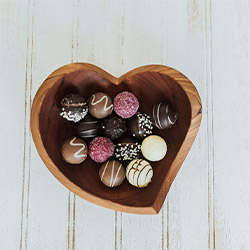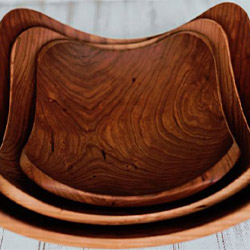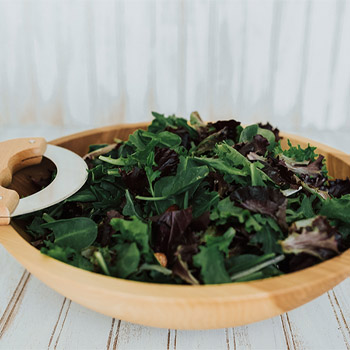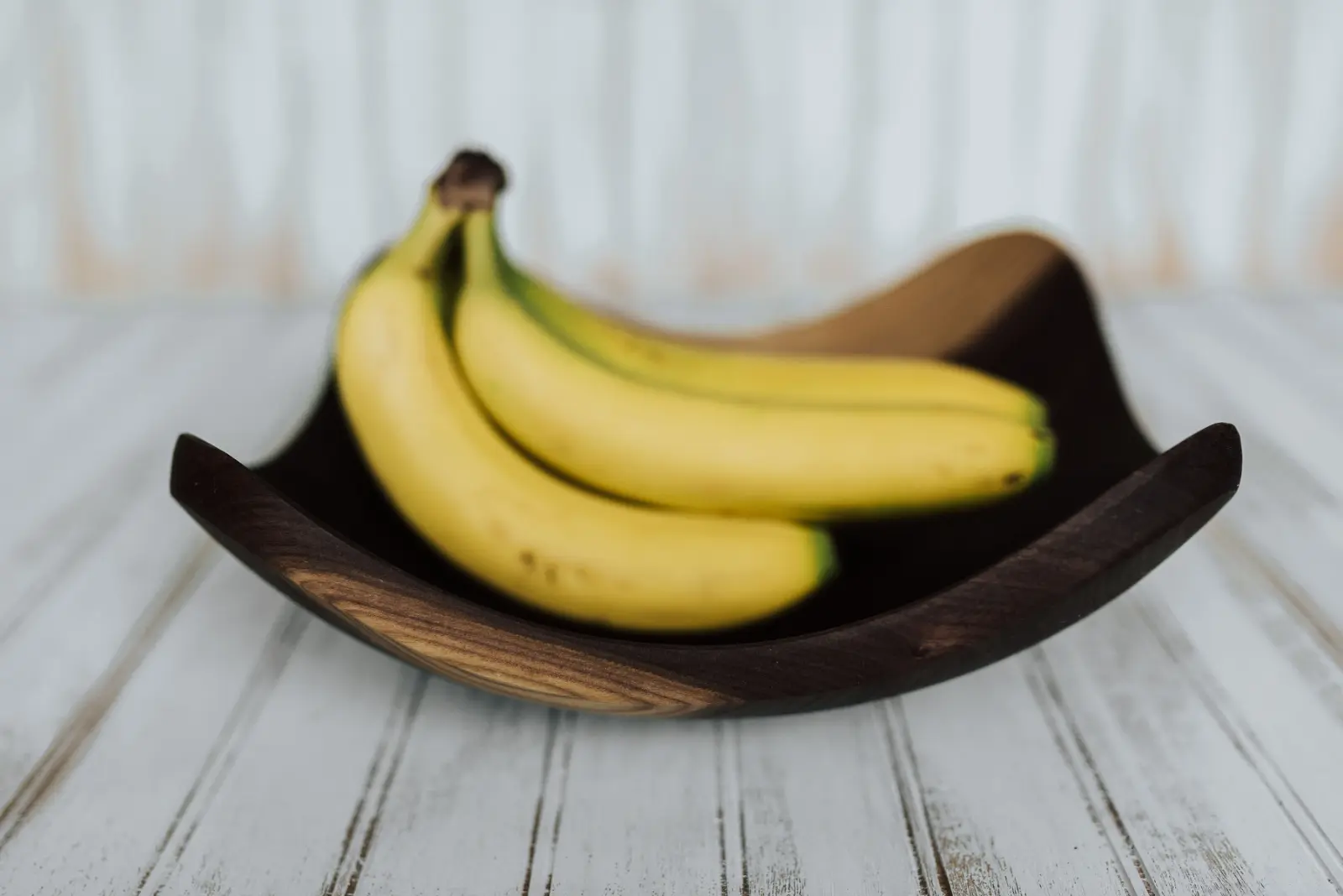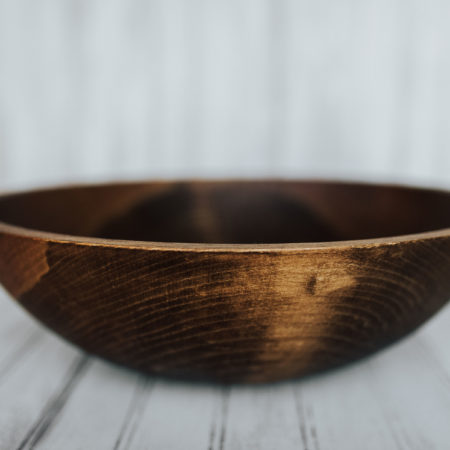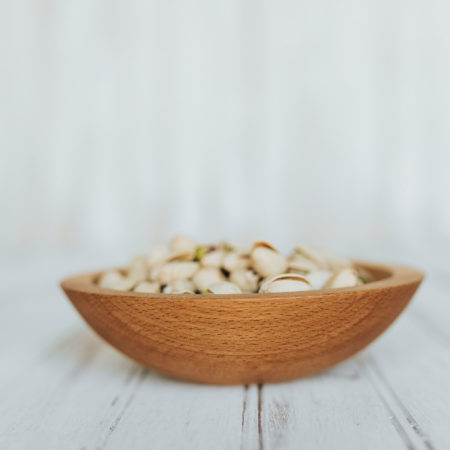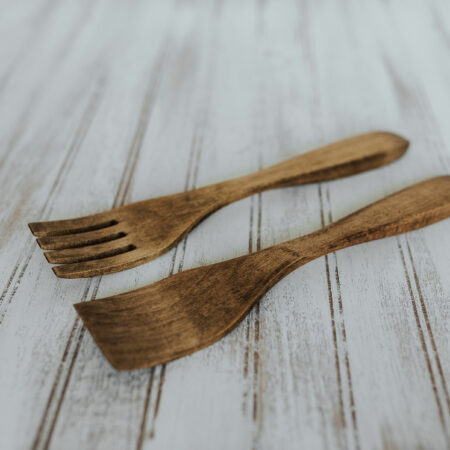Did you know that the type of wood used for handmade kitchen utensils can greatly impact their quality and performance? With so many options available, it can be overwhelming to determine the best choice.
But fear not, as this discussion will guide you through the factors to consider when selecting the perfect wood for your utensils. From durability to heat resistance, we’ll explore the characteristics of various woods and help you make an informed decision that will elevate your culinary experience.
So, let’s embark on this journey together and discover the ideal wood for your handmade kitchen utensils.
Key Takeaways
- Hardwoods such as Maple, Cherry, and Walnut are recommended for their durability and ability to withstand everyday use.
- Softwoods like Cedar, Pine, and Birch offer lightweight options with aesthetic appeal.
- Exotic woods like Purpleheart, Zebrawood, and Birdseye Maple allow for unique and eye-catching designs.
- Sustainable wood choices like Bamboo, Maple, and Olive wood contribute to the preservation of the environment while providing durability and functionality.
Hardwoods for Durability
Choose hardwoods with high density and strength for maximum durability in your handmade kitchen utensils. When it comes to crafting utensils that will stand the test of time, selecting the right type of wood is essential. Hardwoods are known for their exceptional durability and resistance to wear and tear. They provide a sturdy foundation for your utensils, ensuring they can withstand the rigors of everyday use in your kitchen.
One type of hardwood that’s highly recommended for handmade kitchen utensils is maple. With its tight grain and dense composition, maple wood offers excellent strength and durability. It’s less likely to warp or crack over time, making it an ideal choice for utensils that will be used frequently.
Another hardwood option to consider is cherry wood. Cherry is known for its rich color and beautiful grain patterns, which can add a touch of elegance to your handmade utensils. In addition to its aesthetic appeal, cherry wood is also highly durable and resistant to moisture, making it suitable for use in the kitchen.
Walnut wood is another excellent choice for durable kitchen utensils. It’s renowned for its strength and hardness, ensuring that your utensils won’t easily break or chip. Its dark, rich color adds a touch of sophistication to your kitchen tools, making them both functional and visually appealing.
Softwoods for Lightweight Options
If you’re looking for a lighter alternative to hardwoods, consider exploring the world of softwoods for your handmade kitchen utensils. Softwoods aren’t only lightweight but also offer their own unique qualities and benefits.
Here are three softwood options that can provide you with the perfect combination of functionality and aesthetic appeal:
- Cedar: Cedar is a popular choice for kitchen utensils due to its lightweight nature and beautiful grain patterns. It’s known for its natural resistance to moisture, making it ideal for use in the kitchen, where utensils often come into contact with water. Cedar also has a pleasant aroma that can add a touch of freshness to your cooking experience.
- Pine: Pine is another softwood option that’s widely used for making kitchen utensils. It’s known for its light color and smooth texture, which can enhance the overall look and feel of your utensils. Pine is easy to work with, making it a great choice for beginners or those looking for a DIY project. However, keep in mind that pine may not be as durable as other hardwood options, so proper care and maintenance are essential.
- Birch: Birch is a versatile softwood that offers a combination of durability and lightness. It’s known for its straight grain and light color, which can give your utensils a clean and elegant look. Birch is also resistant to warping and shrinking, making it a reliable choice for kitchen utensils that need to withstand regular use.
Exotic Woods for Unique Designs
When it comes to creating unique designs for your handmade kitchen utensils, exotic woods are the way to go. These rare wood options offer distinctive grain patterns and uncommon color variations that will make your utensils stand out.
Whether you choose a vibrant purpleheart or a striking zebrawood, these exotic woods will give your kitchen creations a one-of-a-kind look.
Rare Wood Options
For truly one-of-a-kind designs, consider incorporating rare woods into your handmade kitchen utensils. These exotic options won’t only elevate the visual appeal of your utensils, but they’ll also add a touch of uniqueness to your culinary experience.
Here are three rare wood options that will make your kitchen utensils stand out:
- Pink Ivory: With its vibrant pink color and dense grain, pink ivory wood is perfect for creating eye-catching utensils. It’s highly durable and has a smooth finish, making it ideal for spoons, spatulas, and cutting boards.
- Purpleheart: Known for its deep purple hue that darkens over time, purpleheart wood is a striking choice. Its natural oils provide a natural resistance to water, making it suitable for utensils like salad servers and tongs.
- Bocote: This exotic wood features a unique blend of dark brown and golden hues, creating a beautiful and rich appearance. Bocote wood is highly resistant to wear and tear, making it perfect for creating durable kitchen utensils like rolling pins and ladles.
Incorporating these rare woods into your handmade kitchen utensils won’t only give you a sense of exclusivity but also showcase your personal style and creativity in the heart of your home.
Distinctive Grain Patterns
Exotic woods offer distinctive grain patterns that add a unique touch to your handmade kitchen utensils. When crafting your utensils from these woods, you aren’t only creating functional tools but also pieces of art that reflect your personality and style.
The distinct grain patterns of exotic woods, such as zebrawood or birdseye maple, create a sense of belonging and individuality in your kitchen. Each utensil becomes a conversation starter, as the intricate patterns draw the eye and invite admiration.
Whether you prefer the bold stripes of padauk or the mesmerizing swirls of curly maple, these exotic woods provide endless possibilities for creating utensils that stand out from the crowd. Embrace the beauty of distinctive grain patterns, and make your kitchen utensils truly one-of-a-kind.
Uncommon Color Variations
To create truly unique designs, explore the uncommon color variations offered by exotic woods for your handmade kitchen utensils. These rare and vibrant colors won’t only make your utensils stand out but also add a touch of elegance to your kitchen.
Here are three uncommon color variations to consider:
- Purpleheart: This exotic wood features a rich purple color that deepens with age, giving your utensils a regal and sophisticated look.
- Canarywood: With its bright yellow hue and occasional streaks of red and orange, Canarywood brings a warm and sunny vibe to your kitchen.
- Bloodwood: Known for its deep red color, Bloodwood adds a bold and striking element to your utensils, making them real statement pieces.
Sustainable Wood Choices
Now, let’s talk about sustainable wood choices for your handmade kitchen utensils.
When it comes to eco-friendly options, it’s important to consider the wood’s source.
Look for suppliers that practice sustainable sourcing, ensuring that the wood is harvested responsibly and without harming the environment.
Eco-Friendly Wood Options
When choosing wood for handmade kitchen utensils, it’s important to consider eco-friendly options that promote sustainability. By opting for these types of wood, you can contribute to the preservation of the environment and support responsible forestry practices.
Here are three eco-friendly wood options for your handmade kitchen utensils:
- Bamboo: Known for its rapid growth and renewability, bamboo is an excellent choice for eco-conscious individuals. It’s durable, lightweight, and has natural antibacterial properties.
- Maple: Maple wood is a sustainable option that’s widely available. It’s known for its strength, durability, and resistance to moisture, making it perfect for kitchen utensils.
- Olive wood: Olive wood is a sustainable choice as it comes from the pruning of olive trees that no longer bear fruit. It’s dense, hard-wearing, and has a beautiful grain pattern.
Sustainable Sourcing Practices
By considering sustainable sourcing practices, you can ensure that the wood used for your handmade kitchen utensils is environmentally responsible and supports responsible forestry. Sustainable wood choices are essential for those who desire to belong to a community that values the preservation of our planet’s resources.
When sourcing wood for your utensils, look for suppliers who prioritize sustainable forestry practices. This means choosing wood that’s harvested from forests with responsible management plans in place. These plans ensure that trees are replanted, biodiversity is maintained, and the overall health of the forest ecosystem is protected.
Additionally, consider using wood from reclaimed sources, such as old furniture or buildings, as this reduces the need for new tree harvesting.
Resistant Woods for Heat and Moisture
For kitchen utensils that can withstand high heat and moisture, choose woods that are known for their resistance. These woods are durable and reliable, ensuring that your handmade kitchen utensils will last for a long time.
Here are three types of resistant woods that are perfect for creating utensils that can handle the demands of your kitchen:
- Maple: Maple wood is a popular choice for kitchen utensils because of its high resistance to heat and moisture. It has a tight grain and a smooth texture, making it easy to clean and maintain. Maple wood is also known for its strength, which means that utensils made from this wood won’t easily break or warp even with constant use.
- Cherry: Cherry wood is another excellent option for heat and moisture-resistant utensils. It has a beautiful reddish-brown color that deepens over time, adding an elegant touch to your kitchen. Cherry wood is also known for its durability and resistance to water, making it a reliable choice for utensils that will be exposed to high temperatures and moisture.
- Walnut: Walnut wood is known for its rich, dark color and natural beauty. It’s also highly resistant to heat and moisture, making it a great choice for kitchen utensils. Walnut wood is strong and durable, ensuring that your utensils won’t easily crack or warp when exposed to high temperatures or moisture.
Best Woods for Knife-Friendly Surfaces
To ensure a knife-friendly surface, select woods that are gentle on blades and maintain their integrity. When choosing the best wood for knife-friendly surfaces, it’s important to consider the hardness and texture of the wood. Hardwoods like maple, walnut, and cherry are excellent choices for this purpose.
Maple is a popular option due to its dense and smooth grain structure. It’s durable and resistant to scratching, making it ideal for cutting boards and countertops. The tight grain of maple wood helps to prevent the knife from sinking too deeply, reducing the risk of blade damage. Additionally, maple has natural antimicrobial properties, which helps to keep your kitchen utensils clean and hygienic.
Walnut is another great choice for knife-friendly surfaces. It has a rich, dark color and a straight grain, giving it an elegant appearance. Walnut wood is moderately hard, providing a good balance between durability and softness. It’s less likely to dull your knives and is gentle on the blades, ensuring a longer lifespan for both your utensils and your cutting board.
Cherry wood is known for its beautiful reddish-brown hue and fine grain. It’s a relatively soft hardwood, making it gentle on knives. Cherry wood also has a natural resistance to moisture, which makes it suitable for use in the kitchen. Its softness allows the knife to slide smoothly across the surface, minimizing the impact on the blade.
Summary
So, when it comes to choosing the best wood for handmade kitchen utensils, remember that durability and sustainability are key.
Opt for hardwoods like maple or cherry for long-lasting tools that can withstand the test of time.
If you’re looking for lightweight options, softwoods like pine or cedar are a great choice.
And if you want to add a touch of uniqueness, consider using exotic woods.
Whichever wood you choose, make sure it can handle heat and moisture, and always prioritize knife-friendly surfaces.

